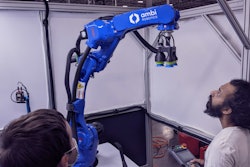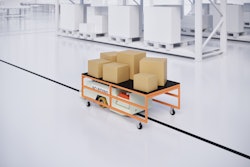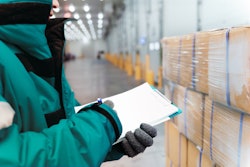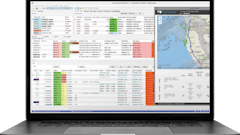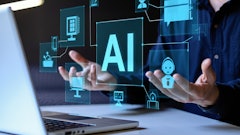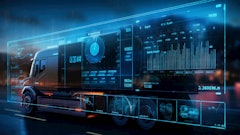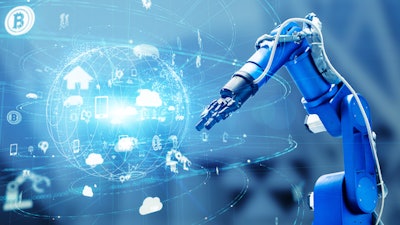
Lean manufacturing, the philosophy driving gains in productivity and quality for more than a century, is based on five core ideas:
● Figure out a product’s value to customers
● Map its value-stream and remove unnecessary steps
● Set up a flow that allows it to move continuously through the remaining steps
● Establish a pull system for production
● Strive to perfect the process
These principles led companies to become world leaders. While the manufacturing facility has evolved in recent decades, the principles of lean manufacturing still apply. Indeed, advances in artificial intelligence and factory robotics are automating the manufacturing process even further, opening up new paths to apply lean.
Robotics have been used in manufacturing facilities for decades, but limitations on their capabilities and the need for human intervention has prevented widespread adoption for more autonomous production lines. A robotic arm in an automobile assembly line can be programmed to join components over and over as long as those components do not change. Introduce a new component, or happen upon a damaged one, and an automated production process may grind to a halt.
Imagine if that robotic arm could “look” at the broken component and determine that it is flawed. Or, that it could differentiate between multiple types of components and make decisions on how to respond. With machine vision and deep reinforcement learning, those actions are possible now.
Click here to learn more about machine vision:
Now picture a group of machines that can automatically coordinate their activity with each other to pursue a common goal. In factories and warehouses, one of the top priorities is to maximize throughput. The machines in operation may be autonomous guided vehicles (AGVs), cranes or equipment processing items on a factory floor. These machines operate in groups, and if they are coordinated, they may act as a team.
AGVs are employed to move materials from one location to another; for example, to take an item from one stage of processing to the next. To route a fleet of AGVs, you must solve several problems at once:
● Which AGV should be assigned to which trip
● Making sure that AGVs neither collide with each other, nor get in each other’s way
● Ensuring that the fleet of AGVs remains charged
Some factories and warehouses have already deployed such teams of AGVs, and more will follow. Artificial intelligence (AI) algorithms such as deep reinforcement learning can act as control towers to direct groups of machines so that they coordinate as a team and achieve something more than they could in an uncoordinated fashion. That kind of teamwork is also called emergent behavior because it does not take place at the level of an individual machine, but only appears when they coordinate as a group.
Similarly, warehouse cranes may act together to move goods from loading docks to racks. This is known as the put-away problem, and the goal is to place incoming goods in such a way that shipping them out is as efficient as possible. Here, too, algorithms such as deep reinforcement learning (RL) can make physical operations run more lean by ensuring that goods are put away in places where they will require the least amount of effort when it is time to place them in an outbound truck.
In addition to manufacturing and logistics, industries that will be affected by the twin advances of robotics and AI include shipping, freight-forwarding, oil and gas, mining and automotive.
One permutation of fleet routing has to do with maintenance for distributed equipment. Reactive or scheduled maintenance is slowly giving ground to AI-driven predictive maintenance that determines the right time for machine and robotic repairs, based on historical data about the frequency of failures and real-time data coming from the equipment’s Internet of Things (IoT) sensors.
Beyond machine vision, AI is changing what is possible across all aspects of the factory floor. Machine learning algorithms may be able to help robotics learn new parts independent of human-supervised programming.
For facilities using lean manufacturing methods, these advances in AI targeted at robotics will be a breakthrough. AI-empowered robotics are able to do more in fewer steps, lining up with the ideas about reducing and simplifying processes that are the foundation of lean manufacturing. Robotics able to make decisions independently, identify new parts and processes, and speed up the flow of goods will drastically reduce the number of manufacturing steps and the time between ordering and shipping.
Click here to learn more about robotics:
Beyond adopting more advanced AI robotics, the manufacturing world is already being impacted by AI in other ways. Areas like resource cost management and price forecasting are being improved with branches of AI like reinforcement learning and will only continue to be enhanced as these technologies become more widely available. The factories of tomorrow may look different, but their transformation by AI into robotic-powered factories of the future will represent a new era for lean manufacturing.





